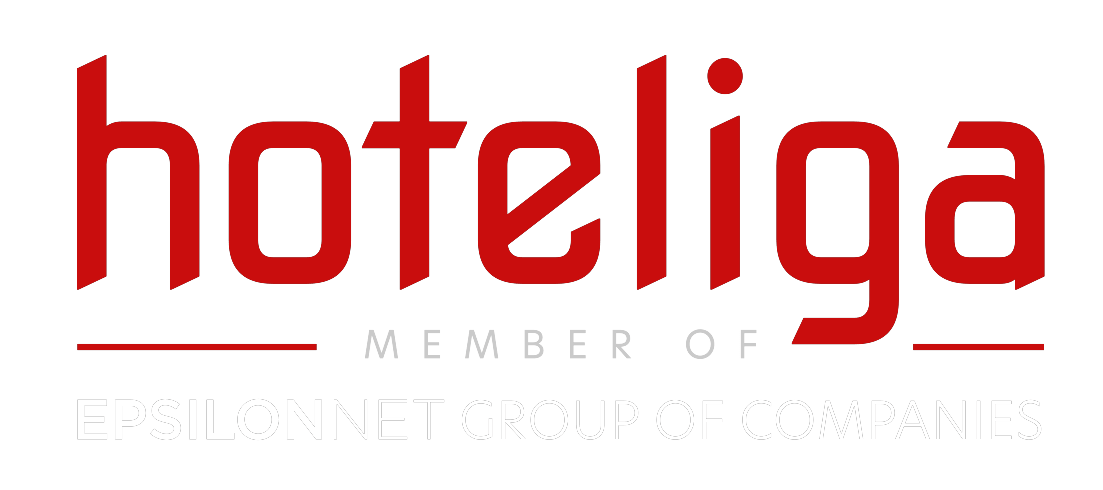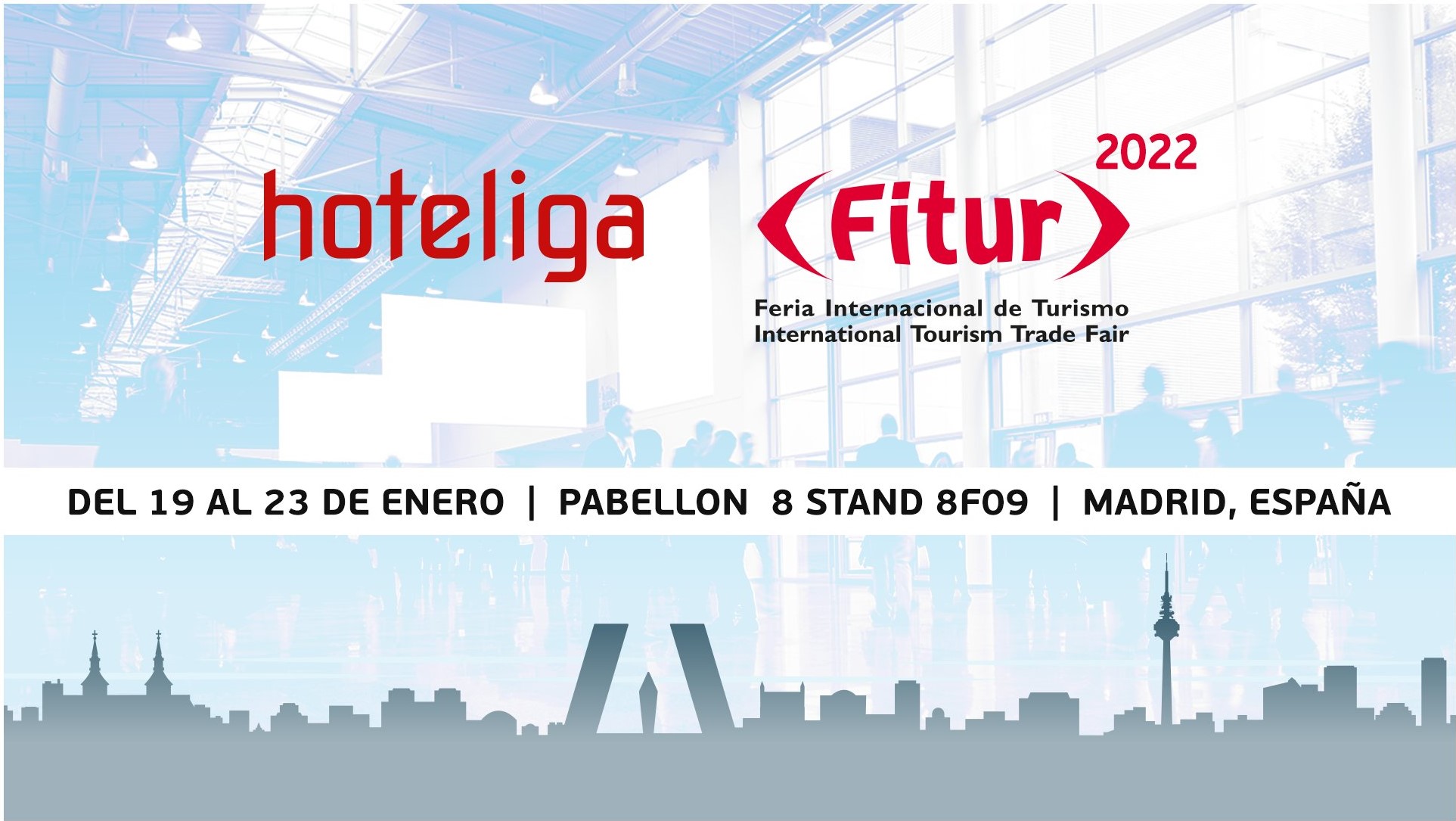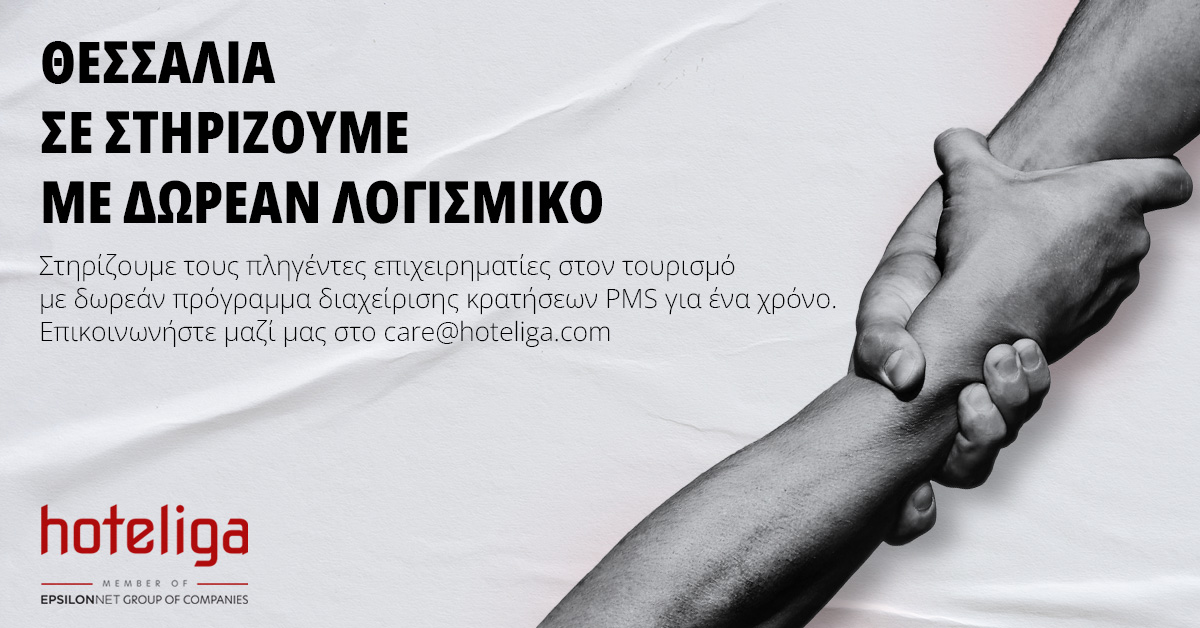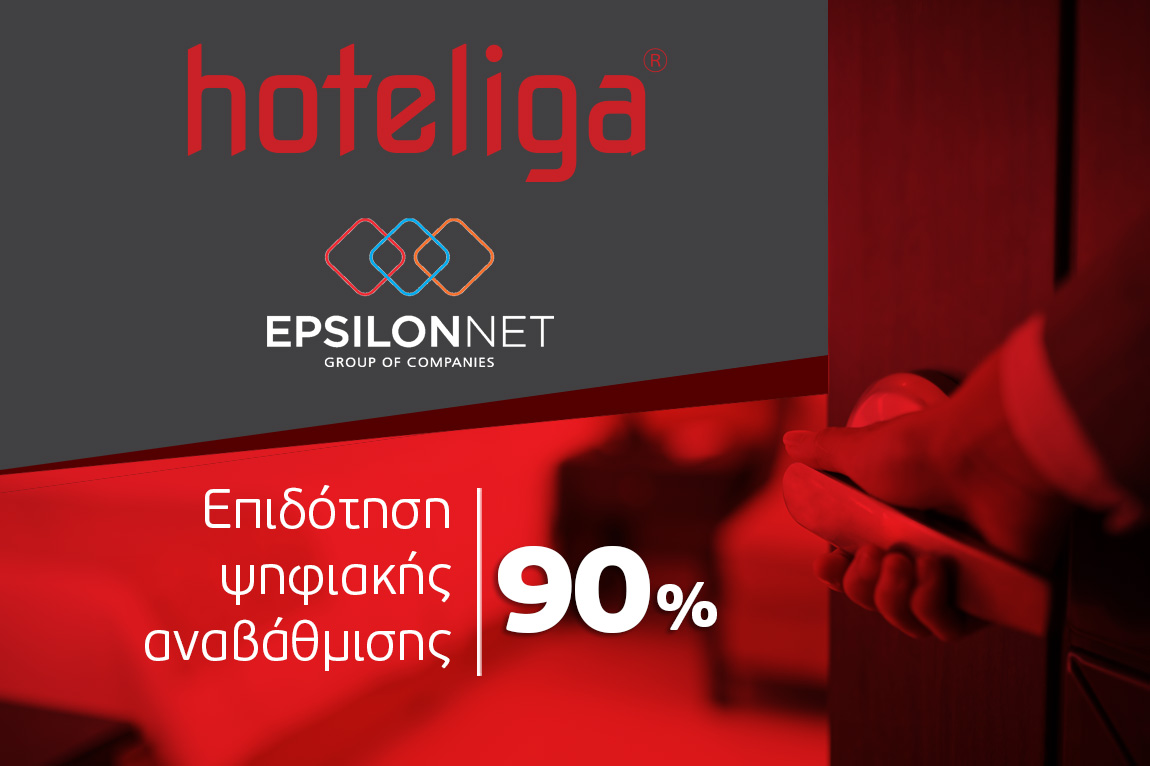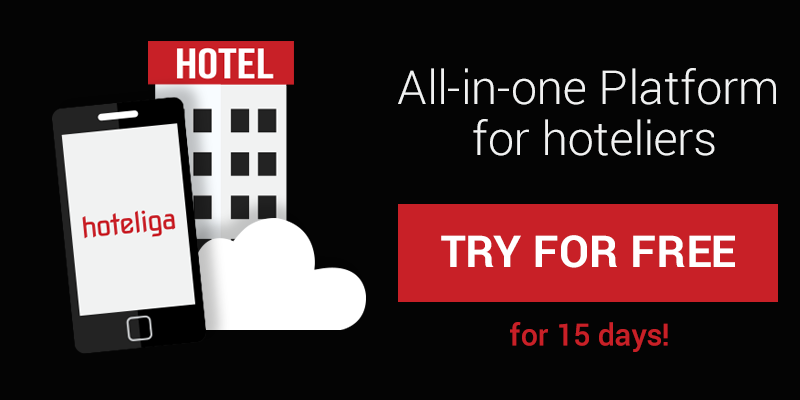
How to Enhance Your Hotel’s Building Management System with OT Cybersecurity
Hotels leverage various computational systems and technological infrastructure to optimize guest experiences, incorporating features such as climate control and electronic key card systems. However, these technologies may expose vulnerabilities, providing opportunities for cyber threats.
In response, hotels are actively implementing robust cybersecurity measures within their OT cybersecurity (Operational Technology) framework to safeguard against potential disruptions and unauthorized access, ensuring the protection of sensitive guest information.
Hotels adhere to rules and get regular safety checks to stop hackers. They also teach employees how to spot dangerous emails or texts that could be used by attackers. When issues do happen, hotels have plans to fix problems fast and let guests know.
Building Management System Security
Building management systems (BMS) integrate interconnected sensors, controls, and software allowing hotel facilities teams to monitor and optimize infrastructure components including HVAC, lighting, elevators centrally through IT network dashboards. While BMS efficiency is indispensable, expanded attack surfaces introduced through extensive connectivity pose severe cyber risk absent rigorous system hardening.
Myriad unprotected ingress vectors abound for malicious actors wielding patient determination towards probing mission critical production systems. Specifically, threat actors leverage social engineering techniques via phishing emails or compromise vulnerable endpoints running outdated software to gain initial network access. Laterally traversing interiors absent proper network segmentation protections, perpetrators may exfiltrate sensitive PII, manipulate physical building operations through BMS interfaces, or deploy ransomware payload encrypting essential availability systems hostage for financial demands given lack of data redundancy.
Comprehensive OT cybersecurity defense-in-depth strategies combining least privilege access governance, continuous monitoring, protocol filtering, alongside employee security awareness training are foundational against escalating advanced persistent threats. Proactive vulnerability management, routine penetration testing and incidence response plan testing further equip establishments maintaining consumer trust through resilient data custody and prompt threat eradication protocols in event of inevitable yet containable digital skirmishes. Get ahead of catastrophe by making cyber preparedness non-negotiable across the entire risk surface.
Conducting Vulnerability Assessments
Even if hotels already have strong cybersecurity, it's a good idea to regularly ask friendly hackers to test the systems. These "white hat" hackers look for any places where bad people might get in, helping the hotel stay safe from cyber problems.
- Unpatched software vulnerabilities
- Weak default admin passwords
- Exposed entry points for attackers like USB ports
- Susceptibility to social engineering manipulation
Imagine pretend hackers attempting to breach the hotel's systems. This helps the hotel find any weak spots that regular checks might miss. It's like doing a fire drill to make sure everyone knows what to do to stay safe. These drills also assess the effectiveness of contingency plans in case of system failures.
Schedule recurring authorized simulations every 6 to 12 months. Empower security leaders to continually harden defenses, address team capability gaps, and validate control maturity based on expert tester findings. Prioritize remediations by criticality. Welcome vulnerability discoveries as opportunities to improve.
Maintaining Regulatory Compliance and Certifications
Hotels need to follow important rules to keep information safe and make sure they're doing things right. They must follow laws like GDPR to protect guest information and tell people if something goes wrong. They also need to make sure they handle payments safely and get regular checks to ensure they're doing things in the best way possible.
Conduct annual reviews to confirm certifications never lapse. Update internal security policies dynamically as regulations and codes evolve. Prominently display trust seals validating achievement of standards to provide guest assurance.
Advanced Protection for Hotel OT Environments
Shielding BMS networks requires cybersecurity measures tailored to OT environments. Strategies include:
Robust Network Segmentation
Segmenting networks isolates critical systems, limiting lateral movement for attackers. Virtual LANs help segregate domains.
Access and Permission Controls
Strictly limit BMS access to essential personnel through role-based access controls, multi-factor authentication, and endpoint hardening.
Monitoring and Threat Detection
Employ AI-powered monitoring tools for behavioral analysis and rapid threat detection. Integrate intrusion detection and prevention systems.
Policy Enforcement
Enforce security policies through data loss prevention, network access controls, and application whitelisting. Keep software regularly updated.
Secure Remote Access
Utilize virtual private networks (VPN) for secure remote administrative access. Enforce least privilege permissions.
Incident Response Planning
Make a plan for what to do if there's a problem with the computer system. Test the plan to make sure it works. The plan should say what to do to stop the problem, get rid of it, and get everything back to normal after an attack.
The Human Firewall: Employee Education
Technology alone cannot guarantee security. Regular employee education is vital for awareness of risks like phishing, social engineering, and handling sensitive data. Training should cover:
- Secure password policies
- Identifying spoofing emails
- Reporting suspicious activity
- Data protection standards
Reinforce training with simulated phishing tests. Gamification makes material more engaging.
AI and Machine Learning for Enhanced Defense
AI and ML have become invaluable tools for bolstering cybersecurity and rapidly responding to threats. Implementations in hospitality OT security include:
- Unsupervised ML algorithms for anomaly detection in network traffic and device logs to uncover stealthy attacks
- Natural language processing for parsing threat intelligence reports to derive actionable insights
- Generative adversarial networks (GANs) to dynamically test system defenses
These technologies enable precise, real-time monitoring and threat hunting across OT environments.
FAQs
Do hotels need to create their own cybersecurity rules?
No. Hotels must comply with standard data privacy laws like the EU GDPR and payment system protections like PCI DSS providing security foundations.
What are the most likely cyber attack vectors hotels face?
Phishing emails, weak vendor remote access controls, and failure to patch software vulnerabilities provide common initial access points enabling wider attack campaigns.
Can guests play a role improving hotel cyber safety?
Absolutely. Visitors should avoid accessing sensitive accounts over hotel Wi-Fi and report suspicious unsolicited messages immediately to assist internal response teams.
How often should penetration testing be performed?
Leading practice advice suggests conducting authorized hacking simulations at least once every 6 months. Schedule more frequent tests uncovering previous gaps to validate fixes until resistance matures.
Final Thoughts
Securing building management systems is pivotal for hotels aiming to thwart disruptive cyber intrusions. Risks span beyond data theft into threats against guest comfort, safety and operations stability. That’s why hotels globally now prioritize continuously evolving OT infrastructure defenses.
Complying with the latest regulatory standards, conducting routine penetration tests, investing in AI-powered monitoring, and maintaining continuous staff training aids hotels in implementing comprehensive BMS security measures. Multi-pronged vigilance combining technological controls and sharp human oversight enables rapid incident detection and response vital for limiting damages.
While no environment stays perpetually impenetrable amid dynamic risks, updated network governance policies provide reassuring foundations helping hotels focus on hospitality instead of hacking mitigation. Building resilience against malicious attempts at disruption ultimately means guests enjoy carefree stays while management rests easy about business continuity. Fortifying BMS security and exercising response readiness makes that possible even as threats persist.
